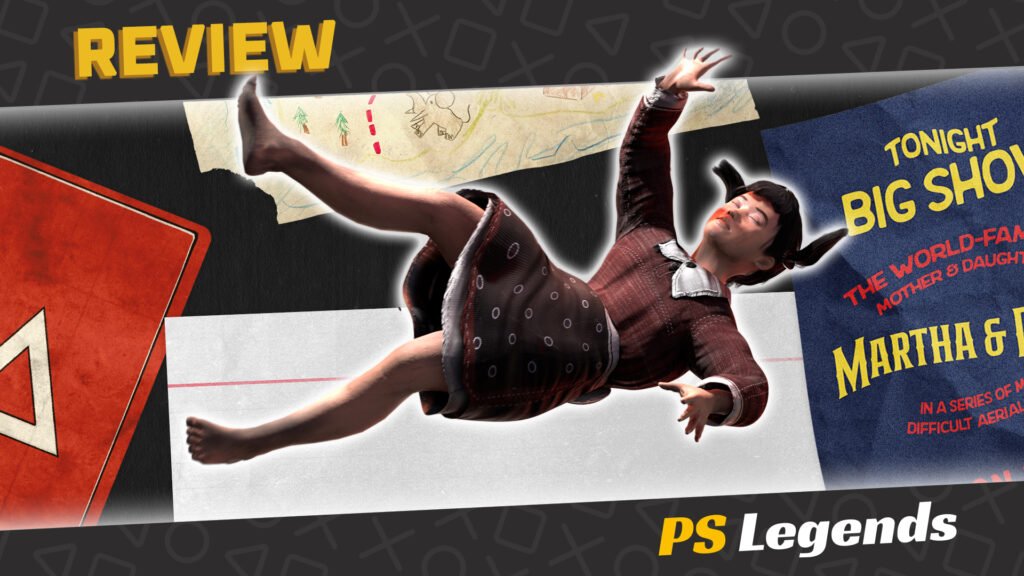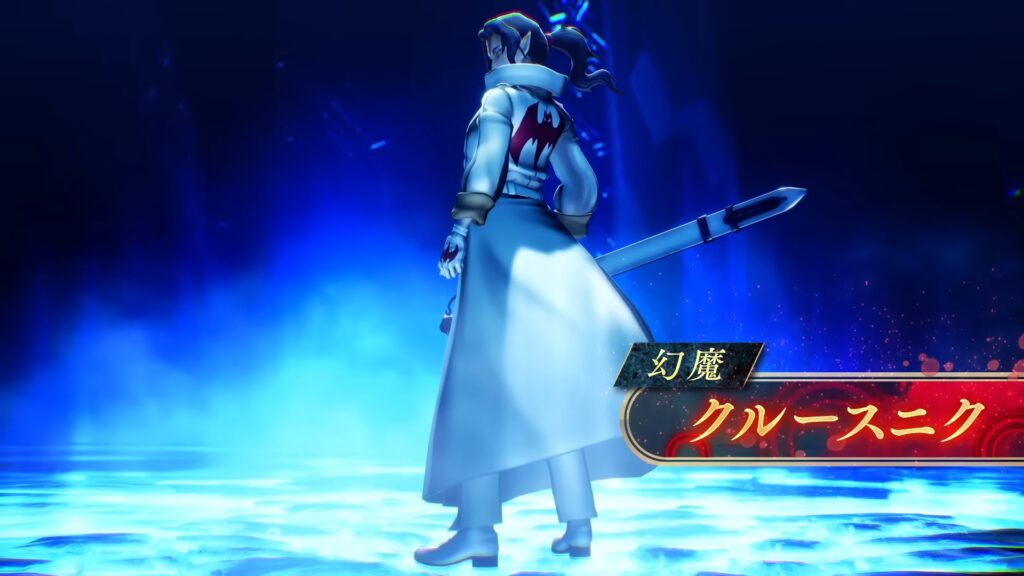Nowadays, I feel that walking sims really need to justify their existence. That’s not to say they’re bad. After all, we got many gems such as What Remains of Edith Finch, which is one of my favourite games of all time despite it basically having no gameplay. Stories with thick atmospheres really can be that good. However, Reveil, as much as it seems to market itself as a horror game, it…has its quirks and issues.

The Part That Matters
Reveil is a psychological horror which focuses on Walter. Walter awakes in his home only to find that he can’t locate his wife and daughter. After exploring the house for a few minutes, reality begins to break down as he finds himself thrust into increasingly nightmarish situations.
Aside from committing the cardinal sin of having a generic start, the atmosphere and initial pacing of the story is very good. There’s a decent amount of intrigue and you earnestly want to find out where his family is. The house, as well as most of the other environments in the game, are very well rendered. The starting home especially has a very lived in feeling while still being somewhat otherworldly in its layout.
Once you find your daughter’s room, you have to complete a number of interconnected puzzles in order to leave. It’s all simple enough, as all the actions are as simple as following an A-B-C of steps. And indeed, the very first 20 minutes are very engaging. Still, it only does that once, which feels like a missed opportunity.

Everything Deteriorates
Reveil has all of its most interesting puzzles right at the start. Your daughter’s room is as complex and dense as the puzzles get here. Every other ‘puzzle’ in the game boils down to finding a thing to put in a thing or hitting a button. The only other part of the game that deals with anything more complex is at the very end, but the story had become so insane by then that I couldn’t bring myself to care.
The rest of the game is divided up into expository walks and run/ hide from the monster sections. I am a notorious scaredy cat, but I wasn’t even phased by any of the monsters in this game. There is a spooky woman who walks around the bottom floor of a demonic variant of your wife’s art room who’s too easy to avoid, there’s a mannequin that chases you at one very specific point, and there’s a big ghoul that stalks you around a forest. That’s it.
Once again, the missed opportunity train strikes again because there are NO clown enemies. And I just want to ask: Why? Why make a game that primarily takes place within a circus and not have any freaky clowns à la Pennywise or anything of the sort? It’s honestly insane to me just how underutilized the circus felt, even when considering the horror game it tries to paint.

Hook, Line, and a Total Miss
Reveil has a very strong opening. You’re engaged, you want to find your family, and you have no idea why your world is breaking apart like this. You want answers. The issue, however, is that halfway through the game, the entire concept of the game is turned around in its head, but now in a good way.
No, seriously. It dashes any good will that has been built up and replaces it with THE most stock, lazy, boring twist I can think of. It just decimates the entire context of the story without providing anything interesting in return. While the dream-like environments is fine, by divorcing the story from ANY kind of tangible context, then you’re basically just telling the audience that none of this matters at all, which, for a walking sim, is not that confidence-inspiring.

The Multiple Endings of the Game
The game has about 5 different endings, but there are no choices to be made outside of the final chapter. The game also has a very generous chapter select, so you can get all of the endings pretty quickly, as these are only dependent on what you do in the final room of the game, so all but one ending can be gotten just by reloading the last checkpoint.
None of the endings matter because none of the story matters because the game ruins its own premise. At least the puzzles in the final room are varied somewhat depending on the ending you’re going for. Though, calling them puzzles may be a bit of a stretch, as most of them can be beaten with almost no thought or effort on your part.
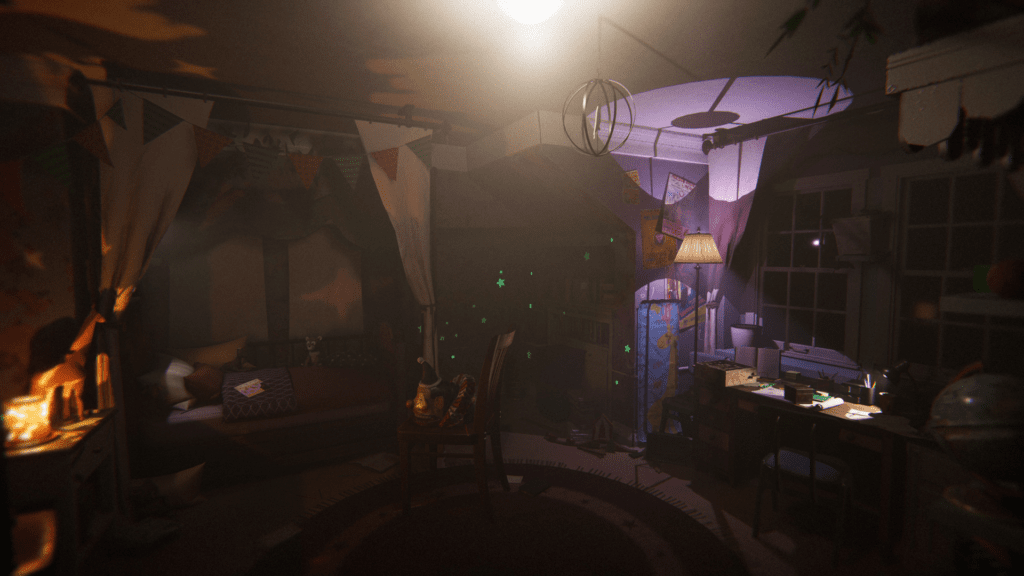
Odd Control Scheme
Getting away form the story for a second, the controls are also a little odd. The initial mapping of the buttons felt kind of off (thankfully they can be re-mapped), and the stick sensitivity seemed insane when set to default. Almost like there’s an acceleration setting that can’t be turned off.
This may be a problem with my re-mapping some of the buttons, but in some of the mandatory walking sections, if you press the run button, your character will freeze in place until you press it again. Maybe this is an oversight or just some glitch with my version, but it’s still weird regardless.
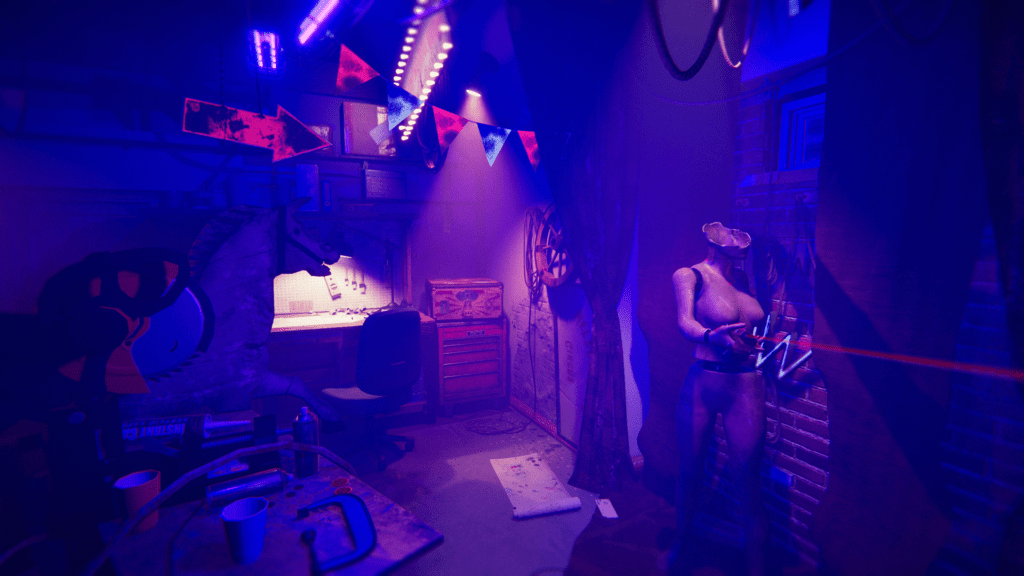
A Roller Coaster of Disappointment
Reveil definitely sets itself to be an engaging horror game, but unfortunately, it is a roller coaster of disappointment. It only took me 3 hours to beat, and the platinum only took another hour on top of that for me to clean everything up.
Perhaps if the story was better, then perhaps it would stick with you and live beyond those few hours, but the only time I’ll remember this story is when I think about how disappointing it was, and how it would’ve been probably better to play another game.
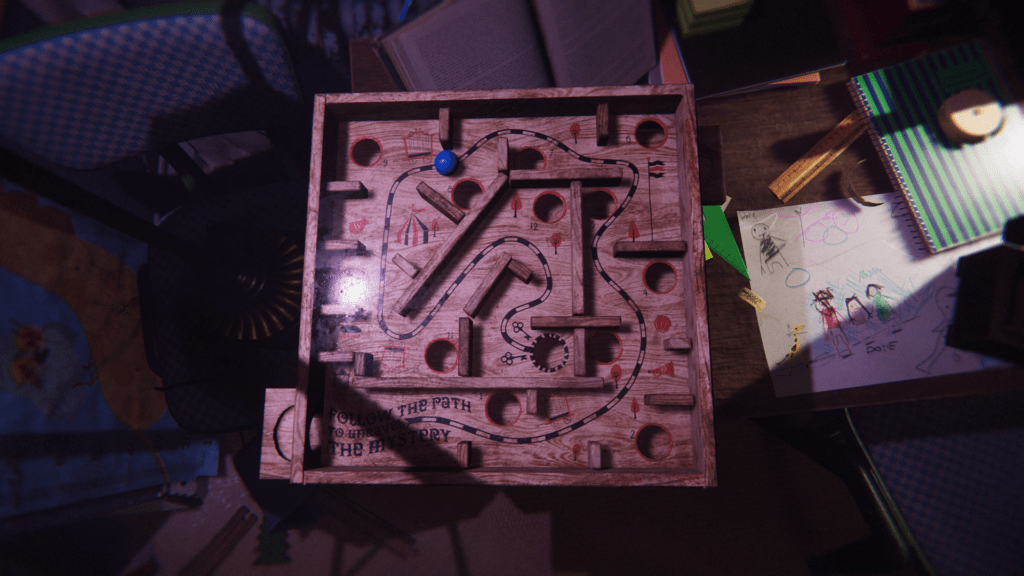
Joys
- Beautiful environments
- Some good puzzles
- Good initial premise
Cons
- Ruins entire story
- Struggles to keep its pacing, especially with puzzles
- Missed opportunity to not include certain enemies like clowns and such
